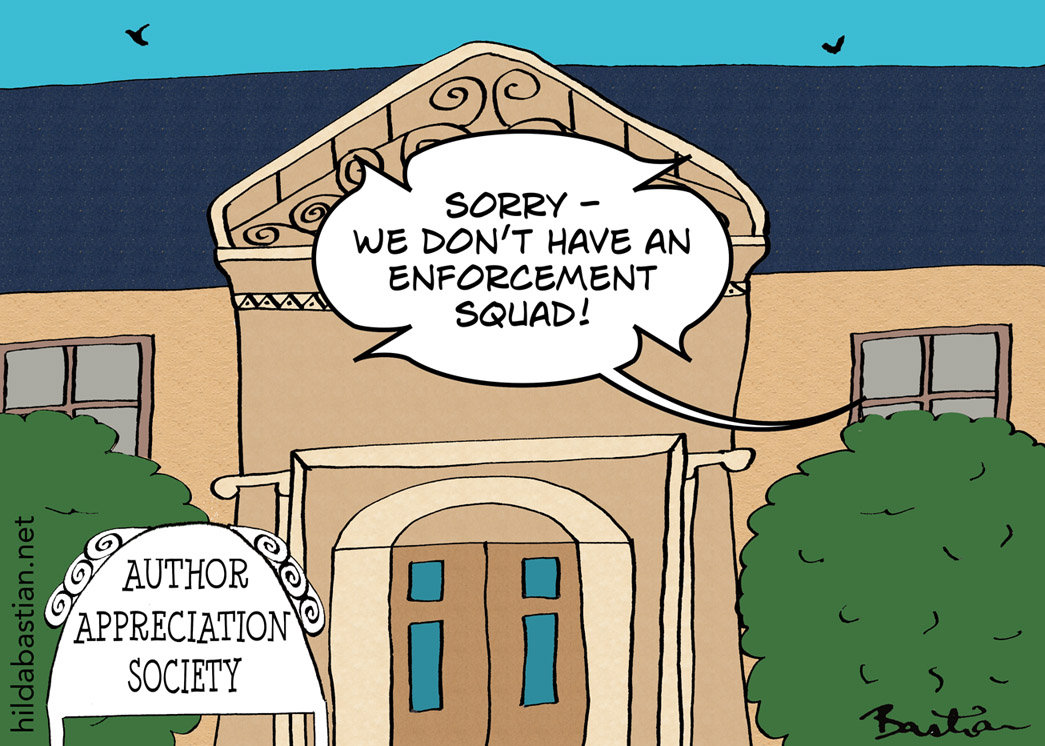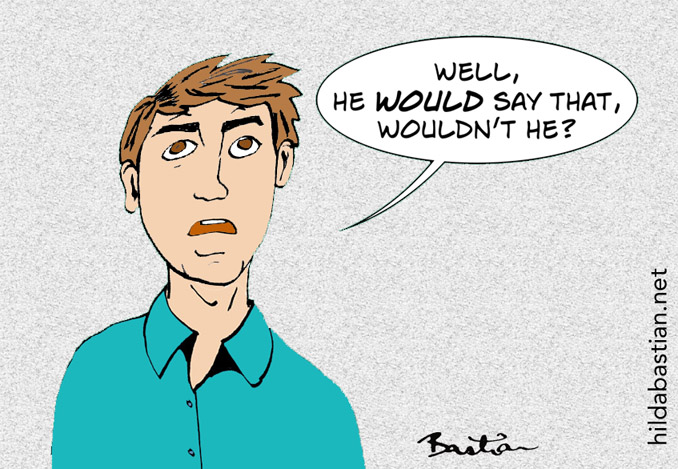An Author Rights Perspective on Scientific Editors

What should scientific editors be able to do well? We would all be able to agree easily on some basics. Last year, a group led by David Moher and colleagues came to a consensus on core competencies for scientific editors of medical journals. The result is a formidable and extensive list – you can read it here.
I was one of the peer reviewers for that article (open reviews here). The process and resulting list of competencies lacked, I felt, an explicit author rights perspective. For example, I wrote,
Although there is a statement [on] fairness to authors, peer reviewers, and readers…, concerns about issues such as this don’t flow through to the suggestions for monitoring and auditing the journal’s performance.
My criticism kept me thinking. What rights could authors have in relation to editors – beyond basic “before and after” editorial competence? What rights could scientific editors do more to support?
Authors’ interests can be distinct from those of readers, peer reviewers, editors, and publishers. A study by Elizabeth Seiver and Helen Atkins of authors and peer reviewers at 3 PLOS journals, for example, found that as authors, close to half wanted peer reviewers to sign reports – but as peer reviewers, most didn’t sign theirs.
So what core rights do authors have, for which scientific editors bear clear responsibility? Here are my top 6.
1. A right to not have your manuscript made worse
You can’t really expect the editorial process to materially improve every manuscript. I think, though, that authors should not have to accept worsening their work as a price of acceptance for publication. It still shocks me how often authors respond to my critiques post-publication with the message – “We agree with you: the peer reviewers/editor made us do that”. Too much time is spent on slavishly following non-authors’ desire to tinker with people’s work.
This problem can be very serious – like this: in a study of peer review of 93 clinical trials, in 15, peer review “had a negative impact, such as adding additional unplanned analyses”. Or it can be less serious, garden variety, Verschlimmbesserung – making something worse when you’re trying to improve it. First, do no harm is a good ethical precept for scientific editors.
2. A right to non-discrimination

Trying to ensure that racial, gender, and prestige biases don’t disadvantage authors is a responsibility of editors. Editors’ own biases are probably the biggest risk – I’ve written more about that here. So what should editors do?
Unfortunately, many people are invested in the idea that blinding in peer review is an effective intervention for this, even though there isn’t strong scientific evidence for it. (More on that here.) Over-investment in that strategy might mean not enough other efforts are made to address the problem.
At the 2017 Peer Review Congress, one of the strategies discussed by editors is to work hard at increasing diversity in peer reviewers (reported on here and here). Jory Lerback from the American Geophysical Union believed that this was helping reduce under-representation of women authors. Trish Groves from the BMJ raised it too:
There’s a problem with even really good work from India and other lower-income countries getting accepted for publication. Double-blind peer reviewing isn’t the solution here, she argued, it’s who is doing the peer reviewing: We should all be bending over backwards finding more peer reviewers from these regions and then we can solve the problem.
There’s not strong scientific evidence on this and other strategies either. We need more robust evaluation of strategies – including external evaluation. One of the advantages of more open editorial processes is the potential to enable independent meta-research and accountability to author communities.
Since we can’t take anything for granted here, editorial teams putting in the effort to monitor performance at the journal and individual editor level is critical. Measuring performance, discussing it internally, and publicly reporting on journal performance would demonstrate respect for authors’ rights and journal quality here.
3. A right to be protected from others’ conflicts of interest

It’s amazing how few journals even publish a policy on editors and conflicts of interest. It makes you wonder whether they have them, and practices to avoid conflicts, and the appearance of them. They all should.
Authors also have a right to be reviewed by peer reviewers without interests that would unfairly disadvantage them – financial and non-financial. The trouble here is, it takes considerable time to investigate for potentially undeclared conflicts of interest. It’s one of the arguments against blinding peer reviewers: at least that gives an author (or later, a reader) the opportunity to reveal a material conflict that has not been disclosed.
4. A right to “no hype” research reporting
Yes, a lot of research spin is coming from authors trying to make findings look more important or positive than justified. But it can be encouraged by editors, too – or added to the article during the process. It can come afterwards as well: journal press releases are a major culprit. Editors can provide critical protection against research spin.
5. A right to complaint and review
Of course, some people find it easy to complain and demand action. Many or most probably don’t. A good complaints and redress process makes it clear and easy to potential complainants.
We need to be able to complain individually and collectively, too, and have those complaints taken seriously. We need to do it responsibly, too. All rights also carry responsibilities, even though that’s not the focus of this post.
The ideal is to have some independent recourse in the process. I think it’s reasonable to expect a journal to have an ombudsperson. Here’s an example.
6. A right to have your time valued
Some journals, for example, don’t expect authors to comply with all of the journal’s layout and editorial policies unless an article is accepted. How much easier would it be if there was some generic standard that was enough for going through any editorial process, since manuscript rejection is so common?
Authors aren’t being paid by the journal – with few exceptions (such as when a journal is run by the research funder). The least they can do is to take authors’ time seriously. It’s an important mindset for editors to cultivate: it’s awfully easy for anybody to put saving their own time first. That’s the crux of considering rights, too, isn’t it? Authors’ rights aren’t the only rights that editors have to juggle. But we should think through editorial and publication processes with an author rights perspective more systematically.
~~~~
The cartoons are my own (CC BY-NC-ND license). (More cartoons at Statistically Funny and on Tumblr.)

I have concerns about a right to complaint and review because it imposes a cost on journals.
In my area of research, there are a number of highly credible, close-to-zero budget, free to authors and readers, do-your-own typesetting and copy-editing, electronic-only, all-volunteer journals. (Examples include the Electronic Journal of Combinatorics (www.combinatorics.org) and Algebraic Combinatorics (alco.centre-mersenne.org).)
A right to review means trying to scrape up another volunteer, in this case ideally one who is outside the scholarly community of the journal (because anyone in the community is in a web of conflicts of interest) and hence has no investment in the journal. Moreover, this volunteer will have a very unpredictable workload, possibly with no relevant work for years and then a case that could consume a month of work.
For a large journal backed by a profitable commercial publisher, having an ombudsperson makes sense.
For a small, not-for-profit journal, it’s too big of a cost. Perhaps the sensible thing is to have our professional societies take on this role.
As a part of the “right to be protected from others’ conflicts of interest”, there should be a right to be protected from inappropriate sharing/copying. I once had a manuscript that was obviously shared outside the journal and reviewers with other people/interests without my notification or consent. My manuscript was critical of a group’s publications (with obvious statistical support) and it was shared with them which resulted in a legal threat that then prompted a watering-down of the conclusions as suggested by the editors.